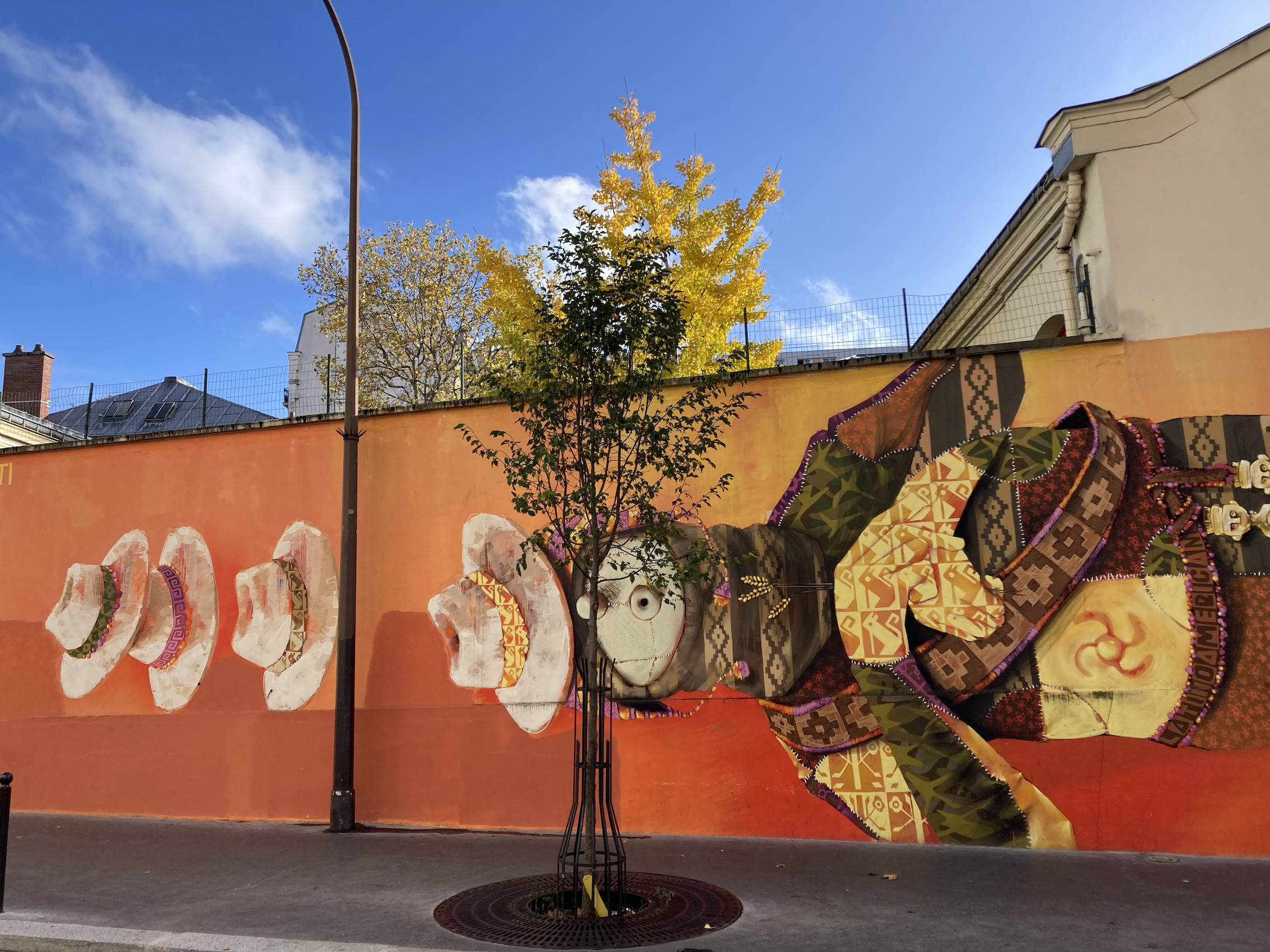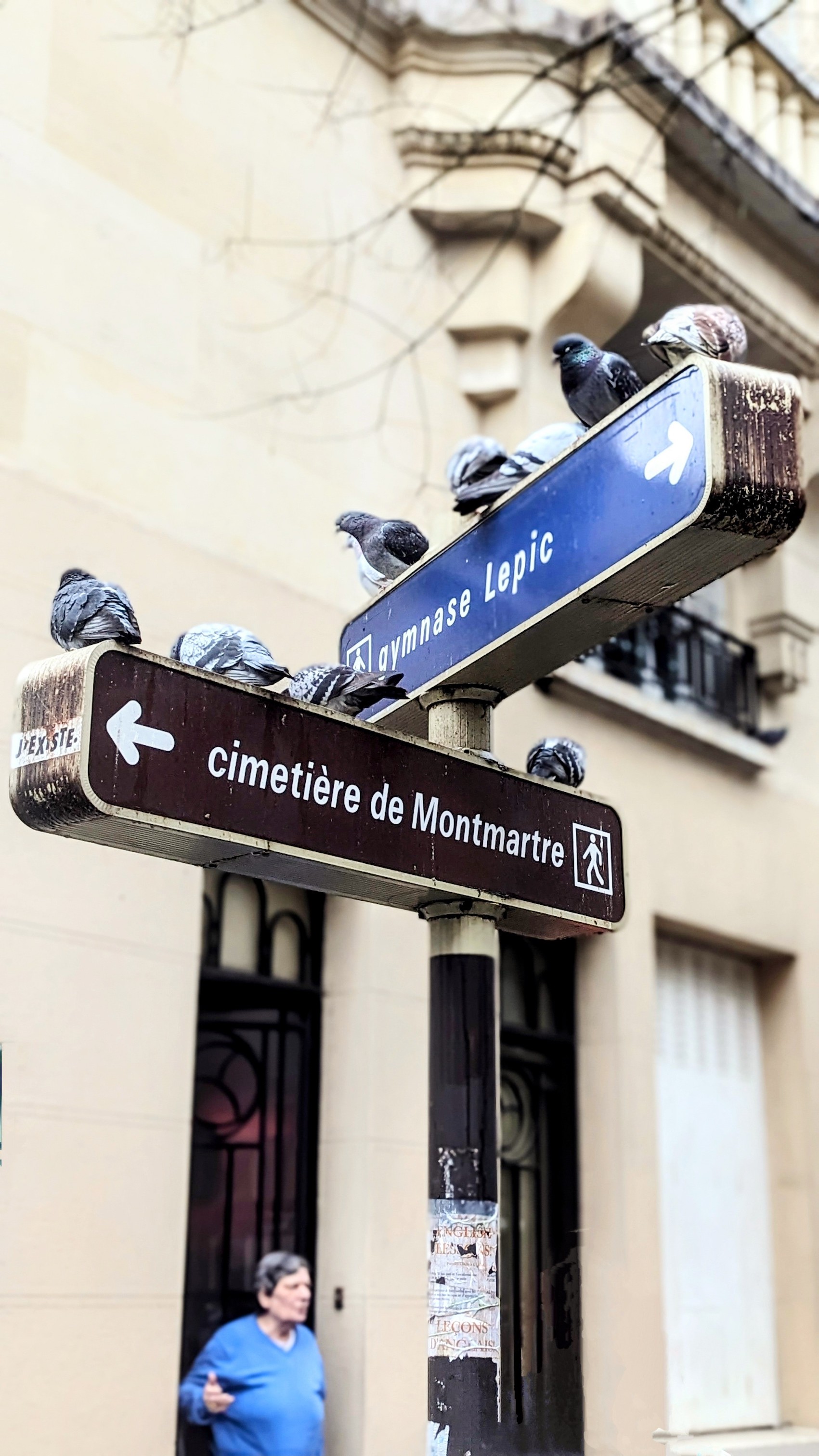The 13th arrondissement: offbeat, artsy, underrated

We would argue that the 13th arrondissement is the most underrated of all. Yes, it’s a little far from, well, pretty much everything. But it’s well worth the metro ride to this undiscovered territory where few Parisians, and even fewer tourists, ever venture.
You see, the 13th has the reputation of being a cultural and culinary wasteland. That, my friend, is simply not true. Granted, you won’t find cute wine bistros, hipster coffee shops, cutting-edge galleries, and funky bars on every corner, but they are there if you know where to look. Even better, they haven’t been hyped to death, murdered by TikTok, or ruined by mass tourism. Go there, and you’ll be surrounded by Parisians.

Skyscrapers, villages & Chinatown
Another reason we like the 13ème so much is its diversity: You have the hypermodern Mitterrand district, one of the few places within the city limits with skyscrapers and full of interesting architecture, next to neighborhoods like Buttes-aux-Cailles that have preserved their old village spirit, as well as one of the city’s two Chinatowns, popular with Asian cuisine lovers and known for its colorful Chinese New Year parade.

A ‘shocking’ connotation
When Paris was expanded from 12 to 20 arrondissements, the unlucky number 13 was originally assigned to what is now the 16th arrondissement, in a left-to-right, top-to-bottom division that existed before the current spiral layout. However, the wealthy inhabitants of the west of Paris protested against this because of the expression Ils se sont mariés à la mairie du 13e (‘They got married in the town hall of the 13th arrondissement’), which, when Paris only had twelve arrondissements, meant living in concubinage. A scandalous idea that the bourgeoisie didn’t want to be associated with.
The inhabitants of the east of Paris, on the other hand, were working class and didn’t have a say in the matter, so the area behind the 5th arrondissement became officially known as the 13th arrondissement.

The playground of street artists
With its many colorful murals and street art, the 13th is essentially a giant open-air museum. It all started in the 1960s when artists began painting industrial facades to spruce them up. Today, much of the work is commissioned by the arrondissement’s town hall and comes from such notable artists as Shepard Fairey, D*Face, and Invader.
Hidden gems of the 13th arrondissement
Ready to discover the lesser known gems of this vibrant neighborhood? Get your own unique guide with personalized recommendations tailored to your tastes to find the best things to do in the 13th and the rest of Paris.








